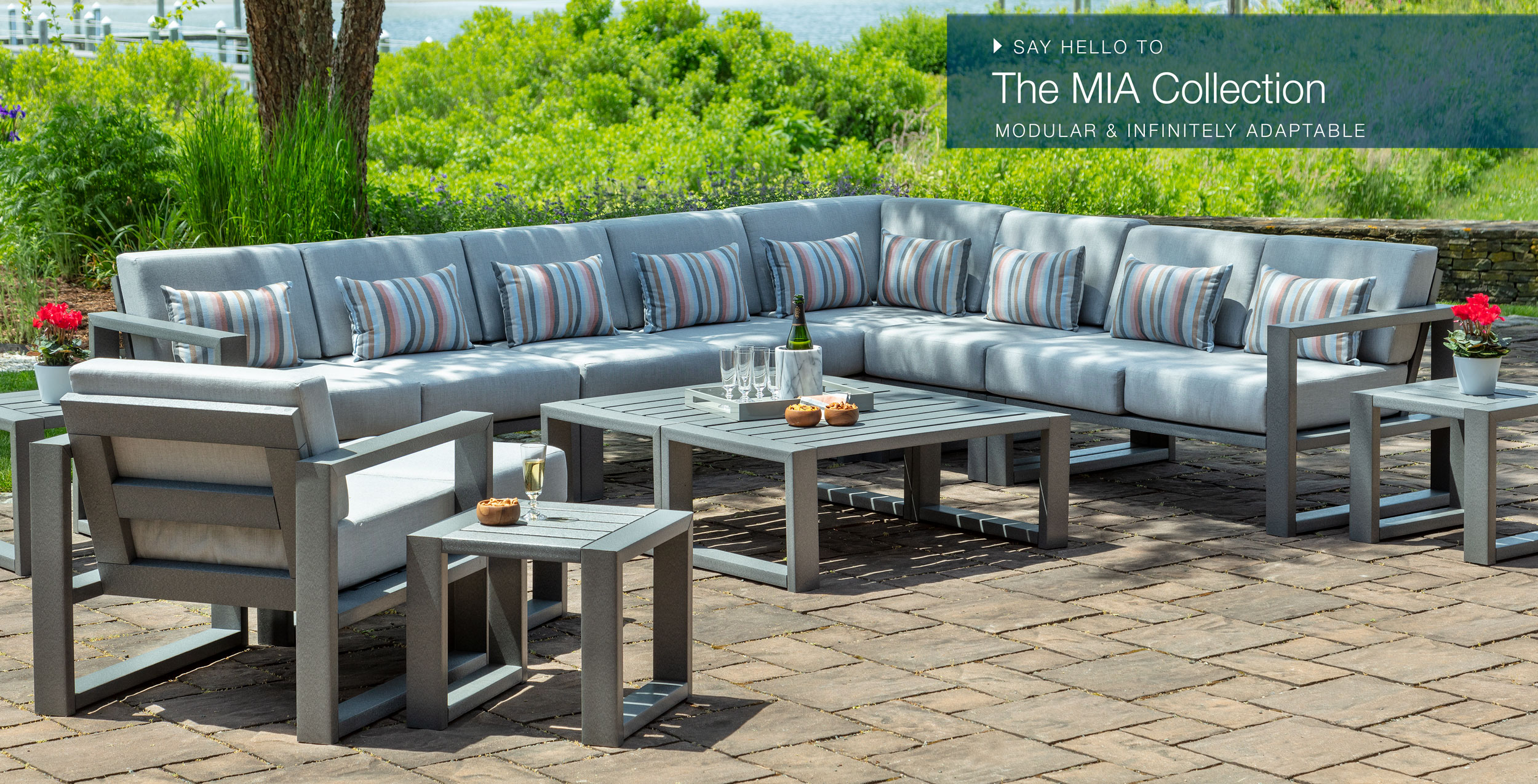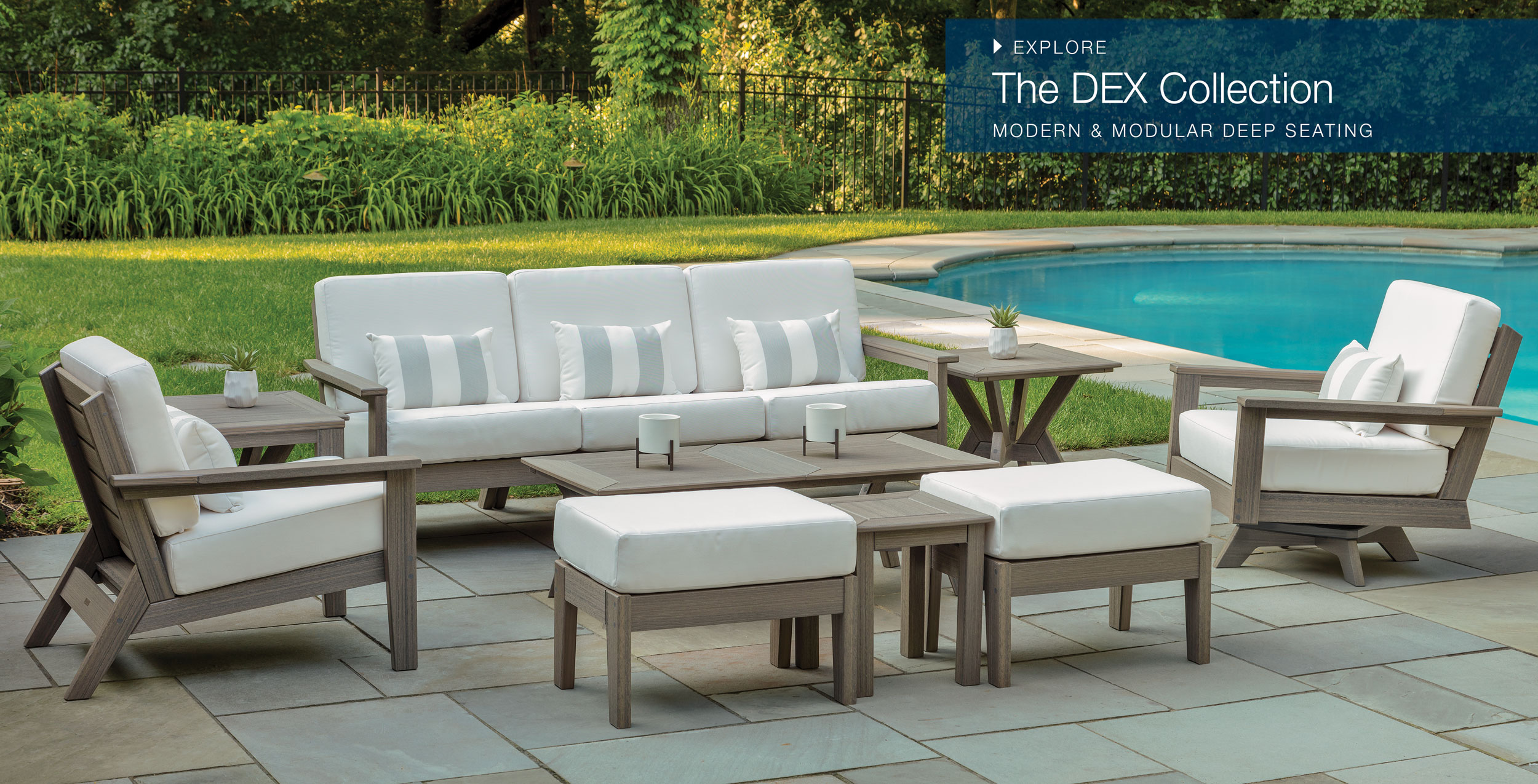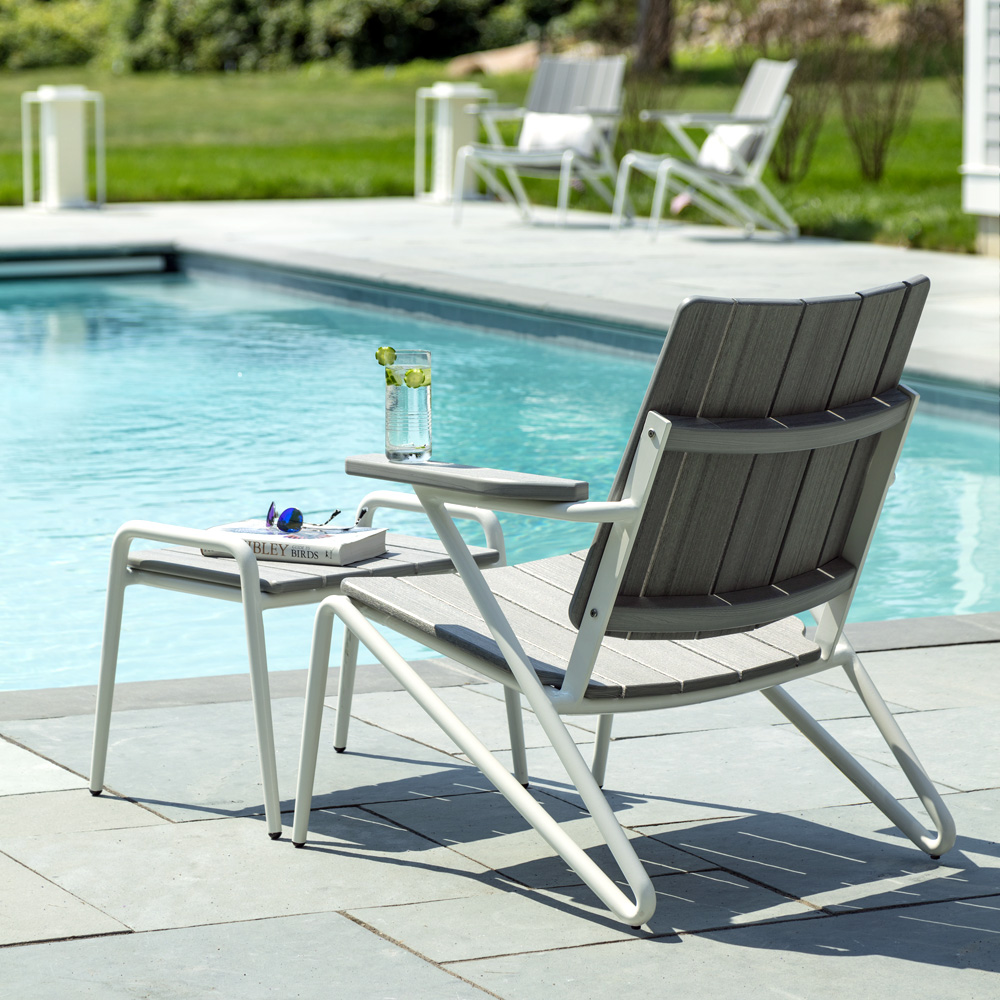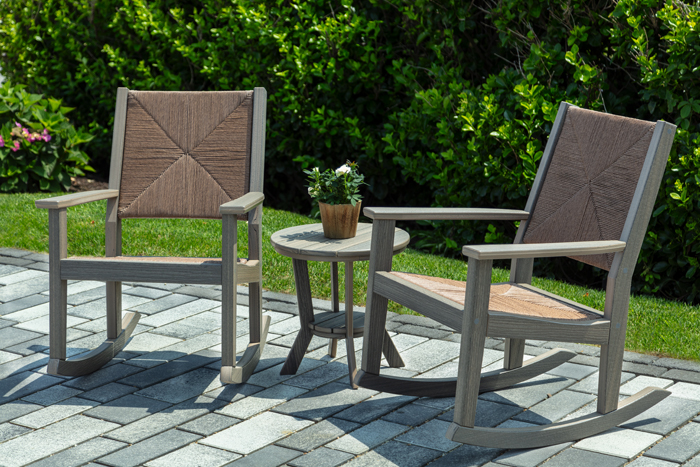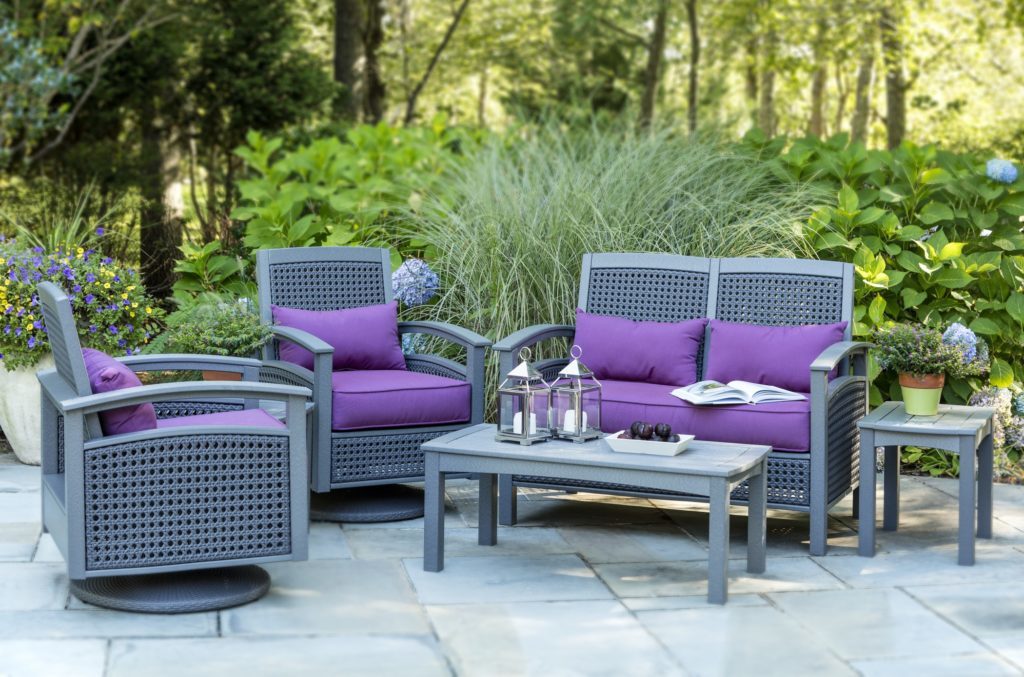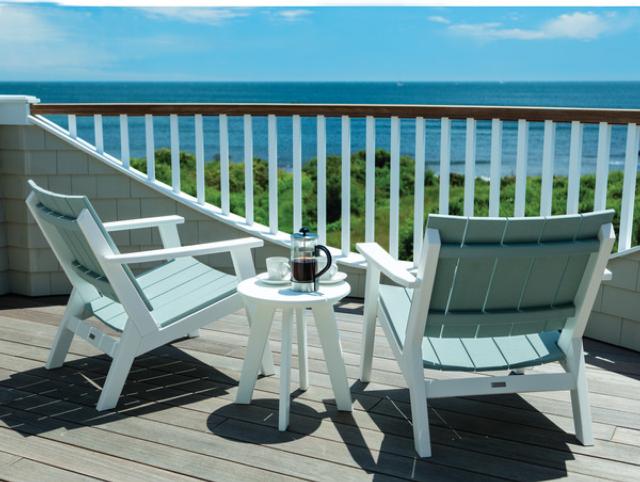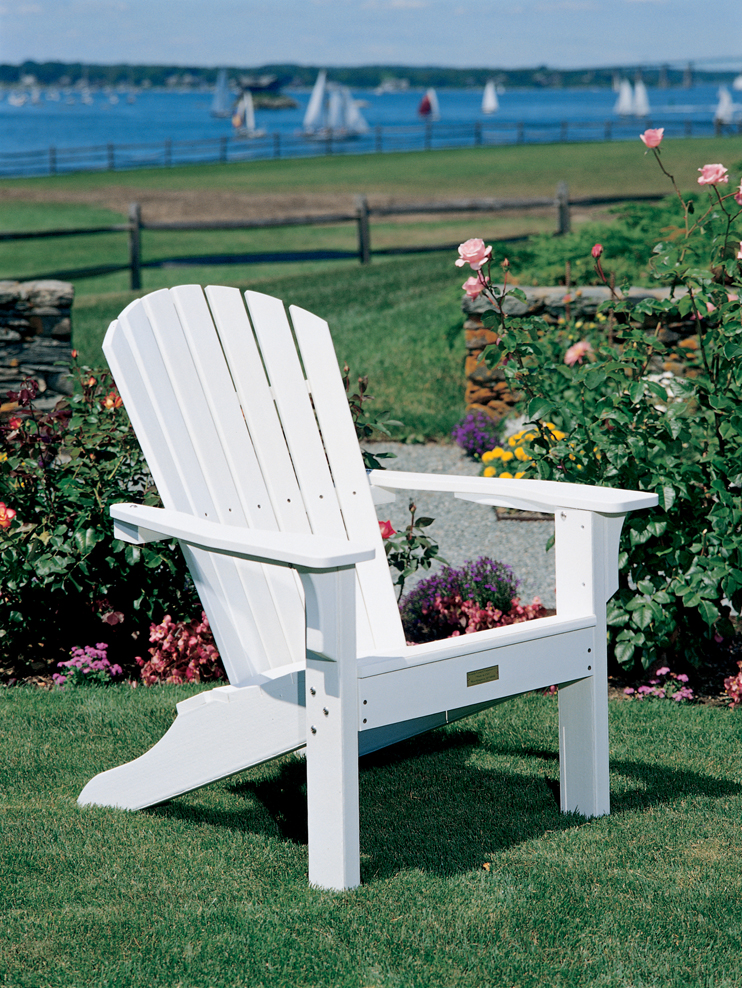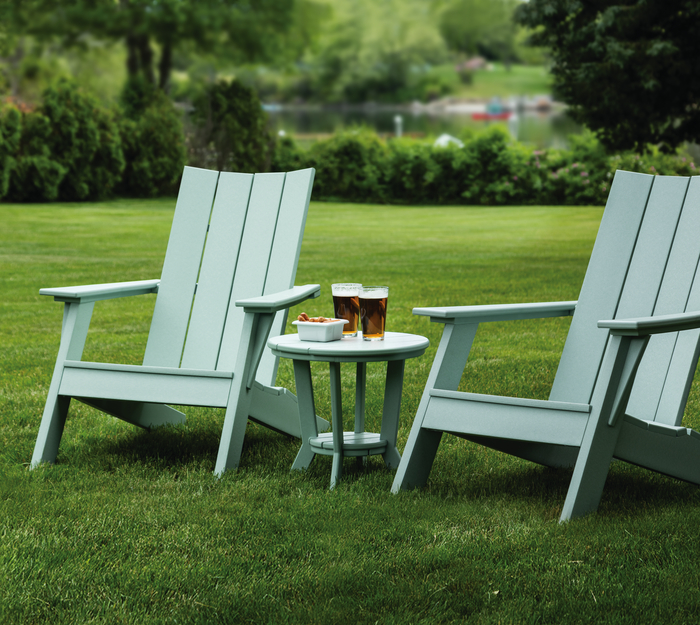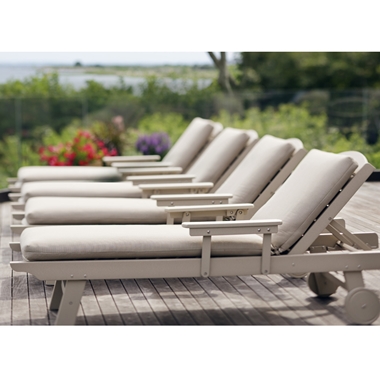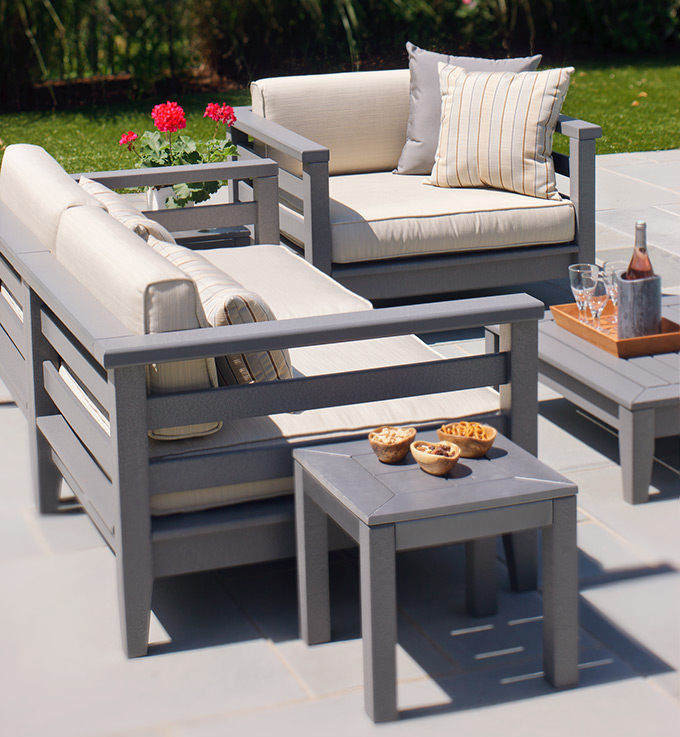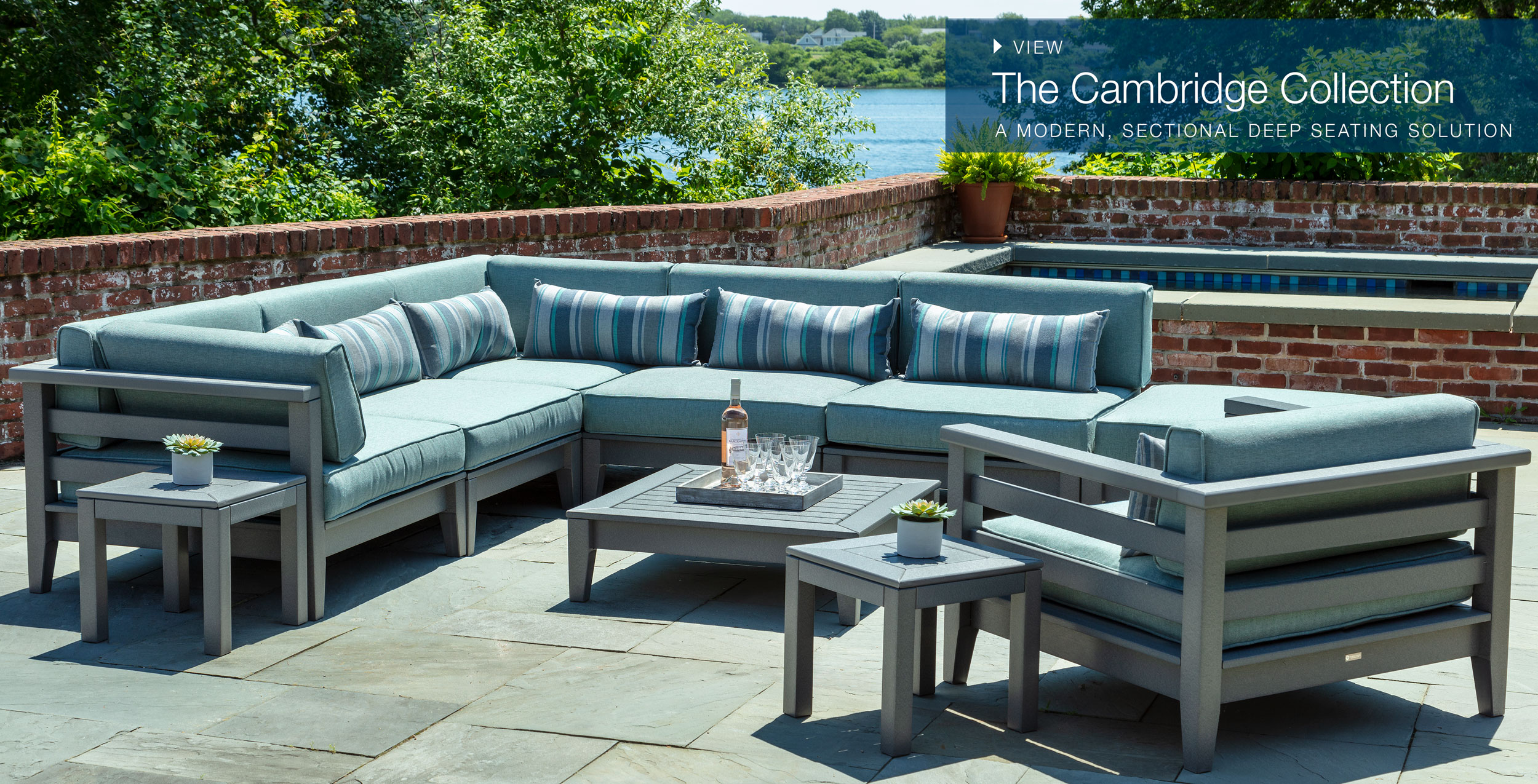The introduction of offset designs marked a significant improvement in umbrella technology. Engineers and designers noticed that cantilever systems Seaside Casual Furniture USA offered an ideal combination of stability, coverage, and unobstructed space beneath. The support arm could extend from outside the shaded area – a huge improvement over central poles that divided the protected space and limited furniture placement options.
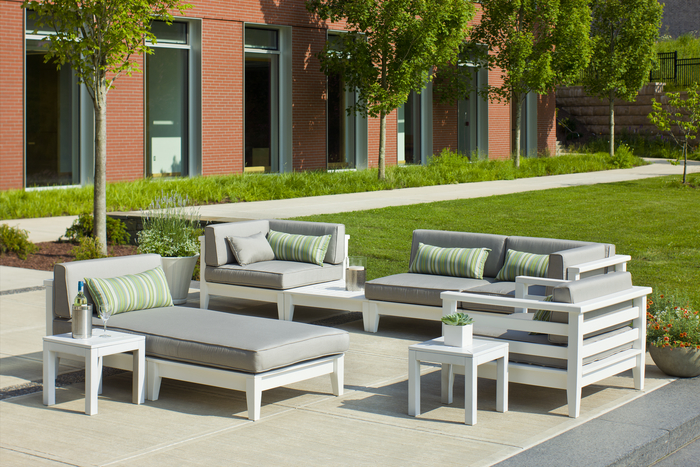
Commercial patio umbrellas also come in various sizes, accommodating different outdoor spaces and configurations. Whether a small café requires a compact umbrella for a few tables or a large hotel seeks to cover a sprawling patio area, there are options available to meet those needs. The versatility of these umbrellas allows businesses to create inviting outdoor areas, enhancing the overall customer experience.
For those who appreciate craftsmanship, HOA umbrellas often reflect a commitment to quality and design. Many manufacturers take pride in their artisanal approach, ensuring that each piece is crafted with attention to Nardi Omega Chaise USA detail. This dedication to excellence is evident in the finished product, which not only looks beautiful but also performs exceptionally well in outdoor conditions.

Warranty terms often indicate manufacturer confidence. Quality offset umbrellas typically come with tiered warranties – perhaps 5 years on the frame, 3 years on the mechanism, and 5 years on the fabric. Read warranty details carefully, noting exclusions for commercial use or extreme weather events.
Flexible positioning represents a crucial advantage in real-world conditions. The ability to adjust the canopy position throughout the day means continuous shade without rearranging furniture. This adaptability proves particularly valuable in outdoor living spaces used for extended periods, where the changing sun angle would otherwise require multiple shade solutions or frequent rearrangement.
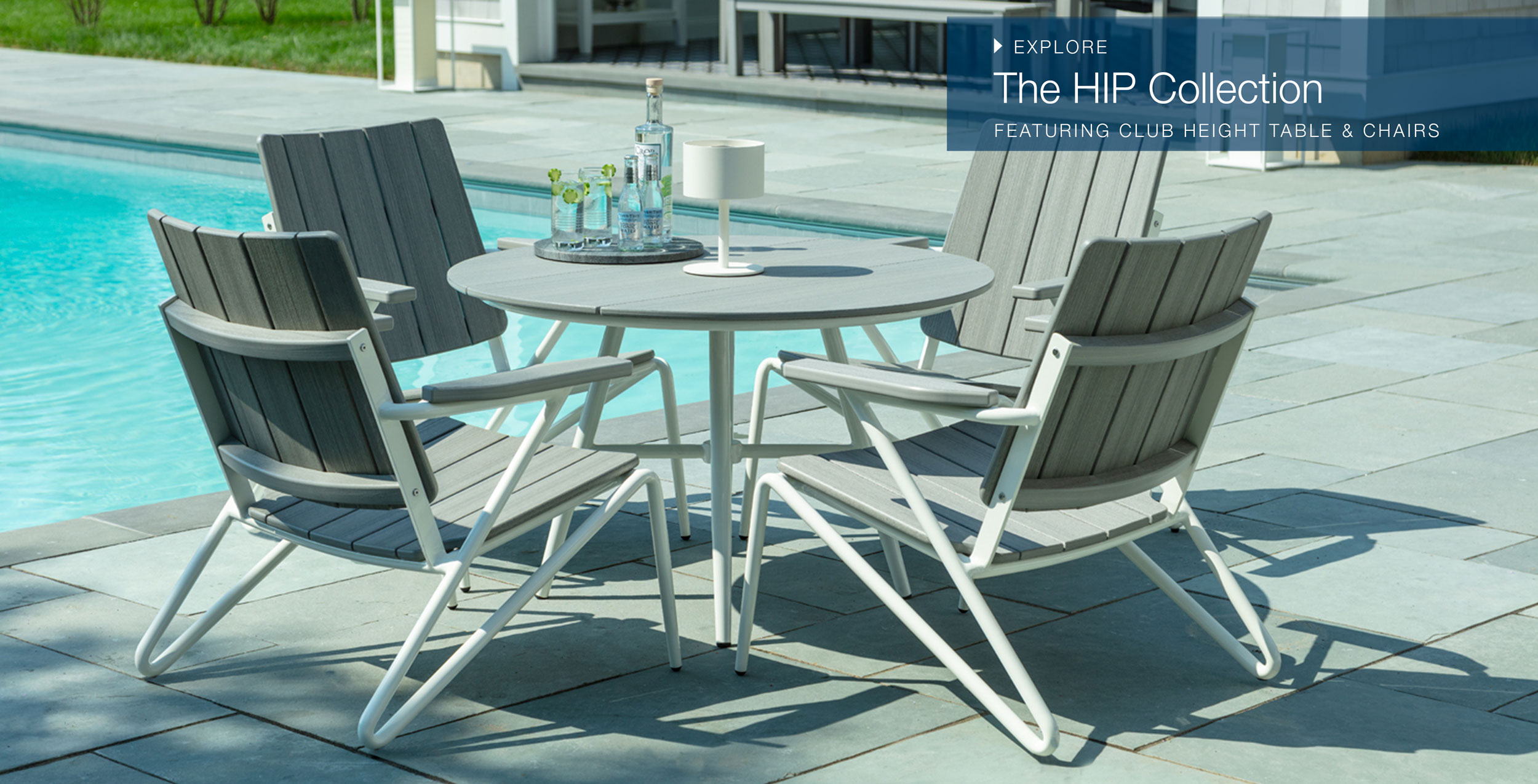
As trends in outdoor living Grosfillex Furniture Wholesale and Retail continue to evolve, we may see further innovations in the design and functionality of teak wood umbrellas. With advancements in technology, manufacturers are likely to explore new methods of enhancing durability, ease of use, and aesthetic appeal. This ongoing development promises to keep teak wood umbrellas relevant and desirable in the world of outdoor furnishings.
Moreover, the aesthetic appeal of teak wood umbrellas can elevate outdoor spaces. Their classic lines and natural beauty can serve as focal points in gardens, decks, and patios, enhancing the overall ambiance. Whether one prefers a minimalist look or a bold statement piece, teak wood umbrellas can accommodate various design preferences. The warm tones of teak wood add a touch of elegance, making them a suitable choice for both casual and formal outdoor settings.

